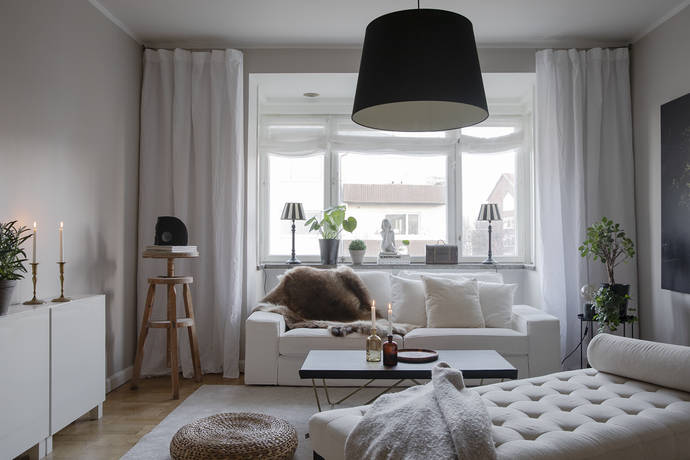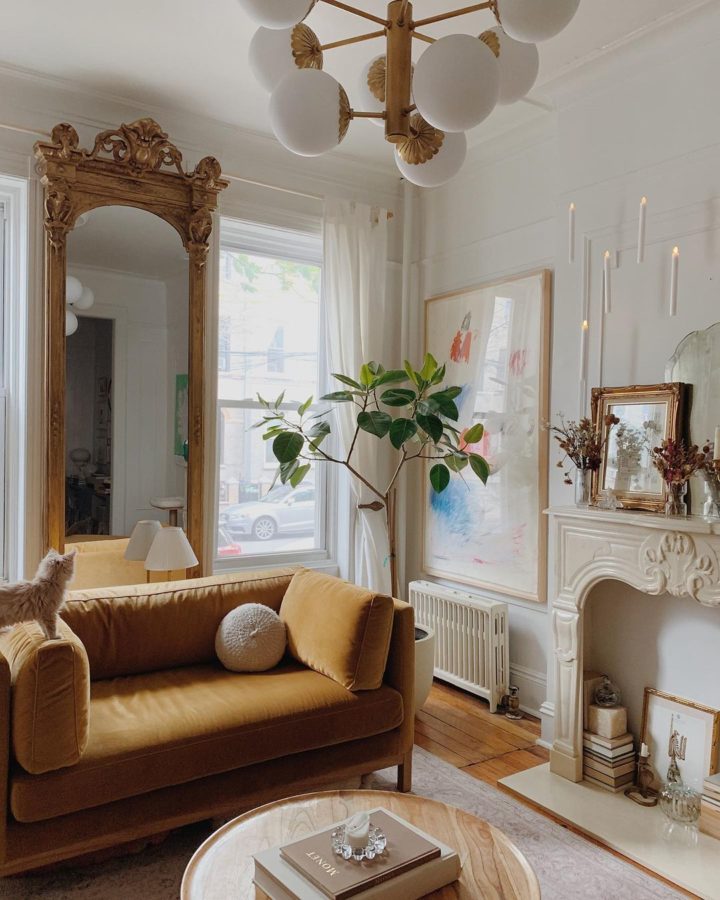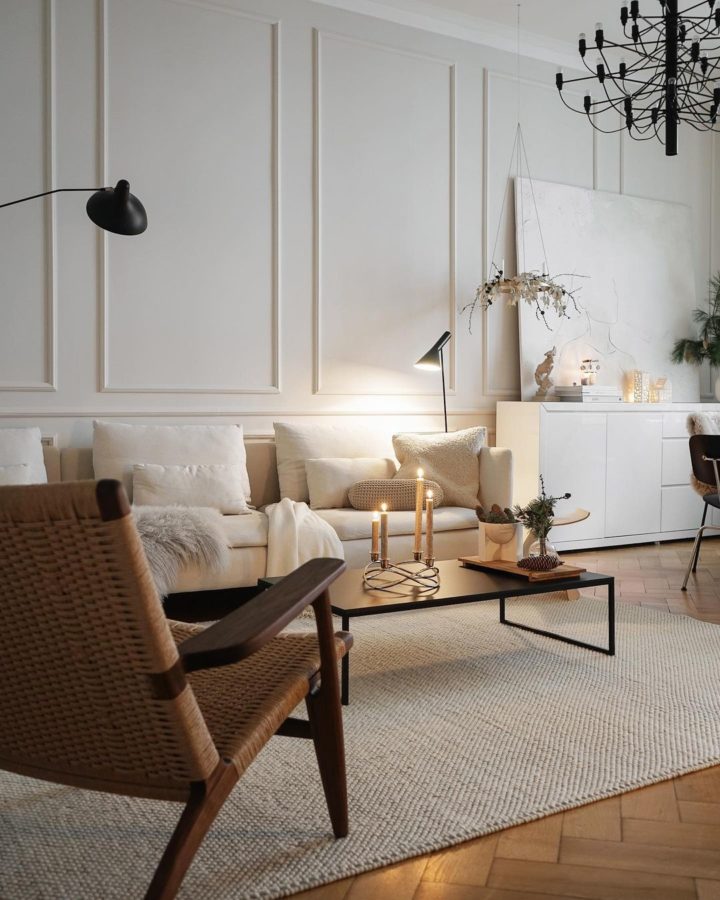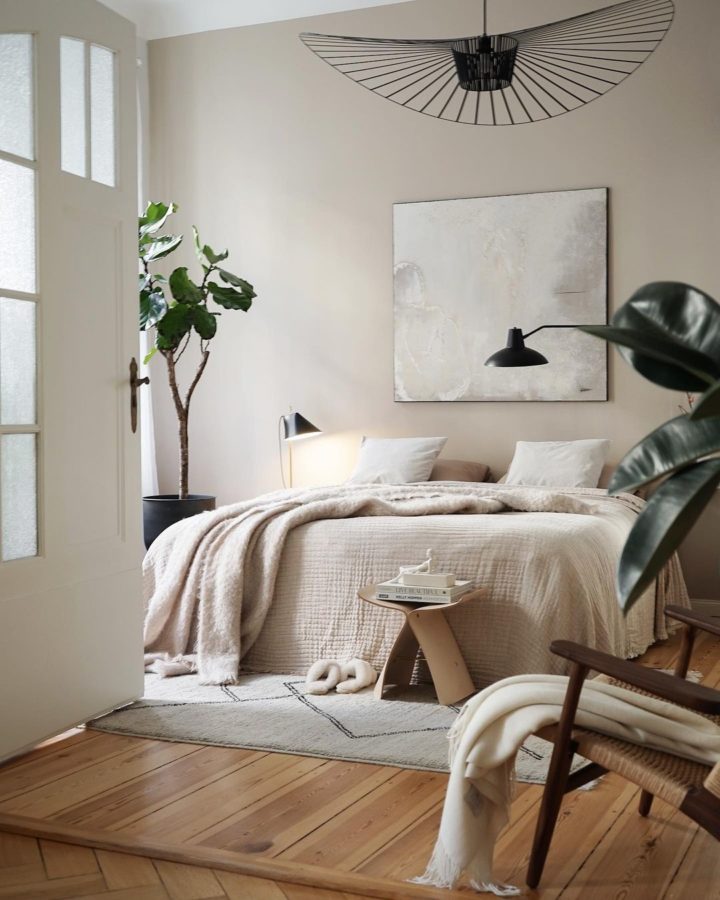
Sensitive people have different needs. They react on a deeper level to outside stimuli than people with regular sensitivity levels. And they represent around 20 percent of the population.
They want to design their homes in such a manner that their sensitivity will be comforted and at the same time inspired. That is why psychology in design plays a very important role in how the homes of sensitive people are structured, inside and outside.
When taking about interior design, sensitive people have very stringent conditions and rules.

Image:
Sensitive homeowners are:
- Quickly stressed.
- Have an overemphasized priority for aesthetics.
- Have a sure feeling about the colors and shapes that they want.
- They spend a lot of their energy on details.
- The above descriptions seem to point at individuals who wants perfection, subtlety and classy taste in the fixtures and structure around them.
Images:
Interior design tips for sensitive people:
- Make furnishings light and substantially reduced. Sensitive people are usually minimalist who don’t want much clutter, if not, no clutter at all. They only want a few furniture and decorative items in their direct diameter of vision. The psychology in design here is to surround the sensitive clients only with the things that they need, love or feel comforted with.
Sensitive people don’t want built in furniture because they would want to move it around as they see fit with their mood. And they want ample space between fixtures. Actually, it’s breathing space that they need.
- No visible objects gone astray. For the sensitive individuals, everything has its place. The books in the bookshelves. The towels on the hooks. The clothes inside the closet. If they see towels on the bed, they go ballistic. If they see a book which you placed on a chair, be prepared because they might throw the book back at you.
This might be remotely impossible if there are kids in the house, however you can restrict the kids from cluttering all over the house, but instead just do their messing around in a specific room of the house, far from the visuals of the sensitive individuals.
- Objects in the home that don’t really need to be seen all the time should be in storage spaces far from sight. Like the groceries. The home of a sensitive person should have a with its own closed doors. When there’s a need for any item from there, that’s the only time they get to be seen.
- A strict color concept. How does interior design affect mood through ? The sensitive homeowners usually don’t get inspired by dazzling colors. They want subtle tones and hues that comfort them and relieves them of stress. They want a lot of greenery, that’s why indoor plants and a garden outside that could be seen vividly from the indoors augurs well for the spirits of the sensitive homeowner.
- Sufficient and well located lighting that is yellowish at most times. Sensitive people usually have sensitive eyes too. They simply hate it when white blazing light comes quickly into the room because someone carelessly opened the curtains without their permission. Their room covers entails layers of material. It could be first, a thick opaque curtain near the windows. The second layer of curtain could be a sheer one with laces and a sense of translucence. Natural light should enter a room step by step, not abruptly.

Image:
When it comes to artificial light, the sensitive homeowner would always welcome yellow light over white light, even when they read. They need their eyes to be comforted all the time.
The post appeared first on .































